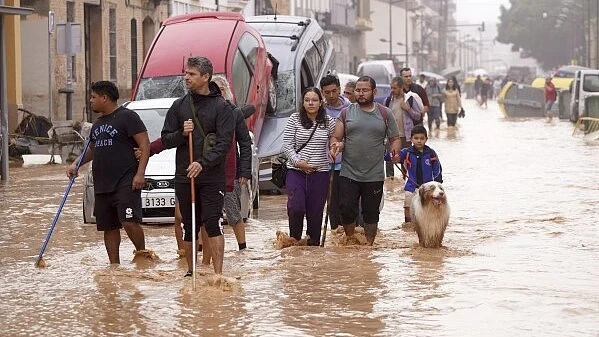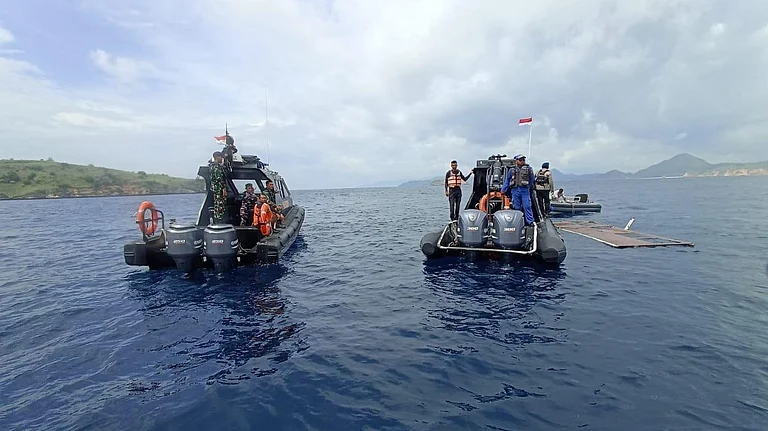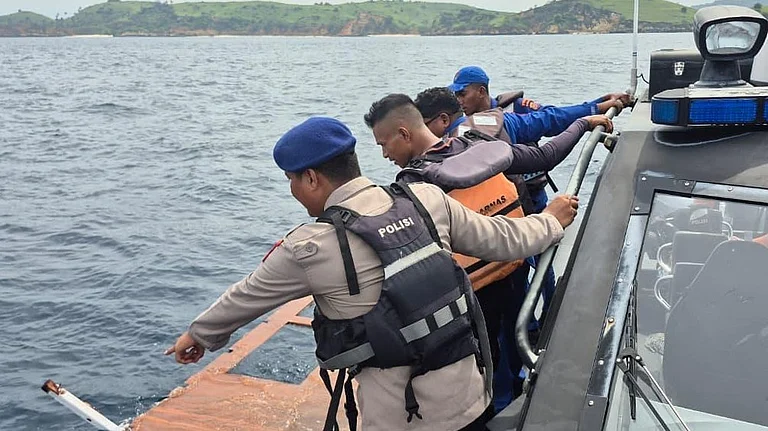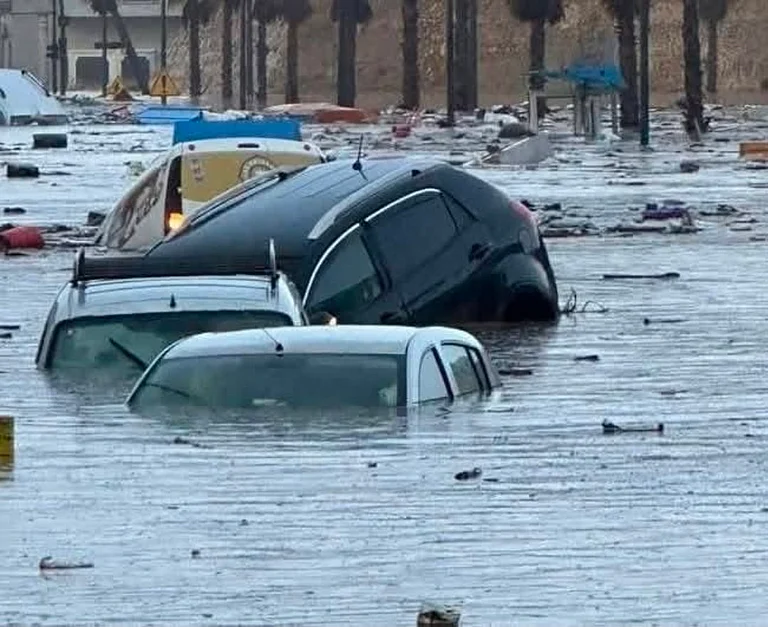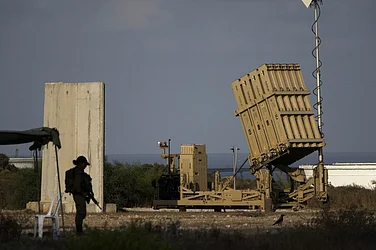The eastern region of Valencia is grappling with the aftermath of the deadliest flash floods in Spain’s modern history. In a matter of minutes, flash floods caused by heavy downpours in eastern Spain swept away almost everything in their path. With no time to react, many people were trapped in vehicles, homes, and businesses.
The aftermath has left thousands of livelihoods shattered, and four days later, authorities have recovered 214 bodies, most from the eastern Valencia region, while the search continues for many more missing individuals.
Prime Minister Pedro Sanchez confirmed the death toll during a televised statement on Saturday, four days after torrential rains struck the area. In response to the disaster, Sanchez announced the deployment of an additional 5,000 soldiers to assist with rescue and recovery efforts, alongside 5,000 more national police officers. “It is the biggest operation by the Armed Forces in Spain in peacetime,” he said emphasizing the government's commitment to mobilize all necessary resources.
Currently, approximately 2,000 soldiers from the Military Emergency Unit are involved in emergency operations, supported by nearly 2,500 Civil Guard gendarmes and 1,800 national police officers. A significant number of volunteers has mobilized to aid recovery efforts, delivering essential supplies and helping to clear debris.
The crisis has been classified as level two on a scale of three by the Valencian government, placing management of the situation under regional authorities. The government is expected to approve a disaster declaration soon, facilitating access to financial aid for those affected.
Valencian regional authorities reported that the fatalities include 211 in Valencia, two in Castilla La Mancha, and one in Andalusia. This disaster has been marked Europe’s most severe flood-related catastrophe since 1967 when floods in Portugal resulted in over 500 deaths.
The City of Arts and Sciences in Valencia has been transformed into a central hub for coordinated clean-up operations, drawing numerous volunteers eager to assist in the recovery. However, many local residents, including 74-year-old Emilia, expressed feelings of abandonment and frustration over the slow response.
“We feel abandoned… We are throwing away furniture, we are throwing away everything,” Emilia, who owns a shop in Picanya, told the news agency Reuters.
With continued rescue efforts, authorities are contending with ongoing weather alerts in the Balearic Islands, Catalonia, and Valencia, as further rainfall is expected over the weekend.
Deadliest flood in Spain’s modern history
Tuesday’s flood stood out as the most powerful flash flood incident in recent memory. Residents in the town of Paiporta, the epicenter of the tragedy, said that it was three times worse than that in 1957, which resulted in 81 deaths and led to significant changes in the region's water management.
Valencia previously experienced major flooding events in the 1980s, including two significant DANAs in 1982 and 1987, which resulted in around 30 deaths and record rainfall, respectively. This recent flooding also exceeded the tragic 1996 Biescas flood that killed 87 people, indicating a concerning trend of increasing flood severity in the region.
The catastrophic storms primarily affected the Magro and Turia river basins. In the Poyo riverbed, the deluge produced walls of water that overflowed riverbanks, catching residents off guard as they went about their daily lives on Tuesday evening and early Wednesday.
Spain's national weather service reported that in Chiva, more rain fell in eight hours than the area had seen in the previous 20 months, labeling the event “extraordinary.”
Why was Tuesday’s flood severe?
According to the scientists, these floods were severe because of two primary factors: warmer air can hold and subsequently release more rain; and there have been noticeable shifts in the jet stream, an air current that influences weather patterns, which can lead to extreme weather events.
The immediate cause of the flooding was a cut-off lower-pressure storm system that settled over the region due to a particularly wavy and stalled jet stream, a phenomenon locally known as DANA (an acronym for the system). In addition, to all these factors, the Mediterranean Sea also reached its highest recorded surface temperature in mid-August, further contributing to the severe rainfall conditions.
This extreme weather follows a period of prolonged drought in Spain over the past two years, indicating a troubling cycle of drought and flooding exacerbated by climate change.






